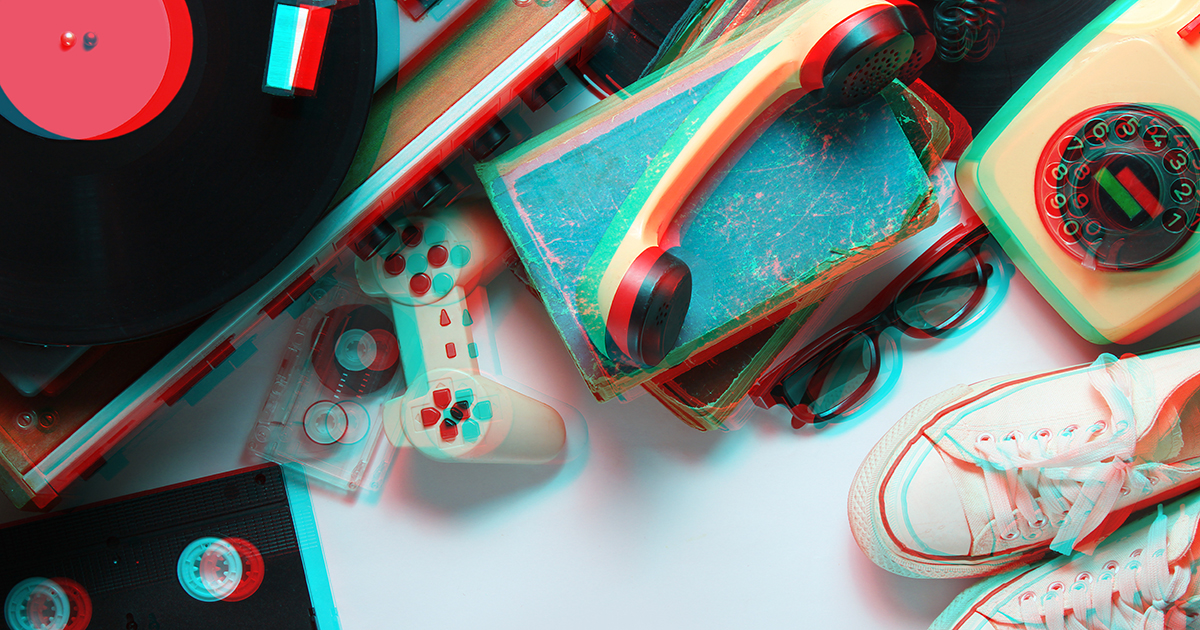Consumers Seek Old Comfort in New Nostalgia Products

When Nokia announced in October that it was releasing an updated version of its vintage 6310 “brick” phone from the early 2000s, the internet was abuzz with excitement. Tech magazines praised the phone’s durability, long battery life and—ironically—its lack of features. “There’s no Twitter, YouTube, or TikTok here,” one review said. “Just a sturdy, long-lasting phone that’s reminiscent of days past.”
A slew of other popular “nostalgia products” include the NES Classic Edition (for playing classic Nintendo games, such as “Super Mario Brothers”) and the Polaroid Now instant camera, which one Google review called “simply nostalgia in a snapshot.”

Besides new releases, there are perennial favorites, such as the “monster cereals” popular in the 1970s—Count Chocula, Boo Berry, and Franken Berry—that General Mills rolls out for a limited run every Halloween and markets specifically to adults. The strategy seems to be working. “The older I get,” one reviewer on a food blog wrote, “the more I seek out those things that make me feel like a kid again, monster cereals included.”
Seeking comfort in nostalgia is a “very human” impulse, says Lauren Beitelspacher, associate professor of marketing at Babson College.
“We think of the things that made us happy as a child and we want to replicate that for our children. We want them to eat the candy we ate as a child so we’ll have that commonality,” Beitelspacher says. The trend isn’t restricted to parents. People who buy a Nokia brick phone may be yearning for “a simpler time and easier functionality where you’re not tethered to your phone all day.”
The Allure of Nostalgia
The popularity of nostalgia products is not new, Beitelspacher says, although it “might seem more salient now, because we’ve been in a state of discomfort for so long,” with a pandemic and the polarized political and cultural landscape of recent years.
The first pull of nostalgia, Beitelspacher says, “happens in middle age. We think of the things that made us happy when we were younger and think they’ll make us happy again.”
Typically, she says, they don’t.
“We think of the things that made us happy when we were younger and think they’ll make us happy again.”
Lauren Beitelspacher, associate marketing professor at Babson
That’s because it’s our memory of the thing, rather than the thing itself, that is comforting. “The search for nostalgia products comes from seeking comfort and glorifying memories,” Beitelspacher says. “And, if the product is pegged to demand and scarcity”—such as a rare Care Bear from the 1980s—that search “often takes place on secondary markets like eBay or Etsy,” so there’s also the thrill of the hunt. “Our satisfaction might be bolstered by outbidding someone else. We think: This thing will make me happy if I get it, and someone else won’t have it. There’s a lot of big emotions there.”
Every transaction has an associated “post-purchase feeling of either satisfaction or regret. With these types of products, it’s usually regret.”
After all, people change as they get older. While that box of Franken Berry in the grocery store might conjure warm memories of being at the breakfast table as a child, as an adult, a bowl of cereal filled with synthetic dyes and sugary marshmallows might “not taste so good,” Beitelspacher says. “Sometimes it’s better to just feel our memories and let them be.”
Posted in Insights





